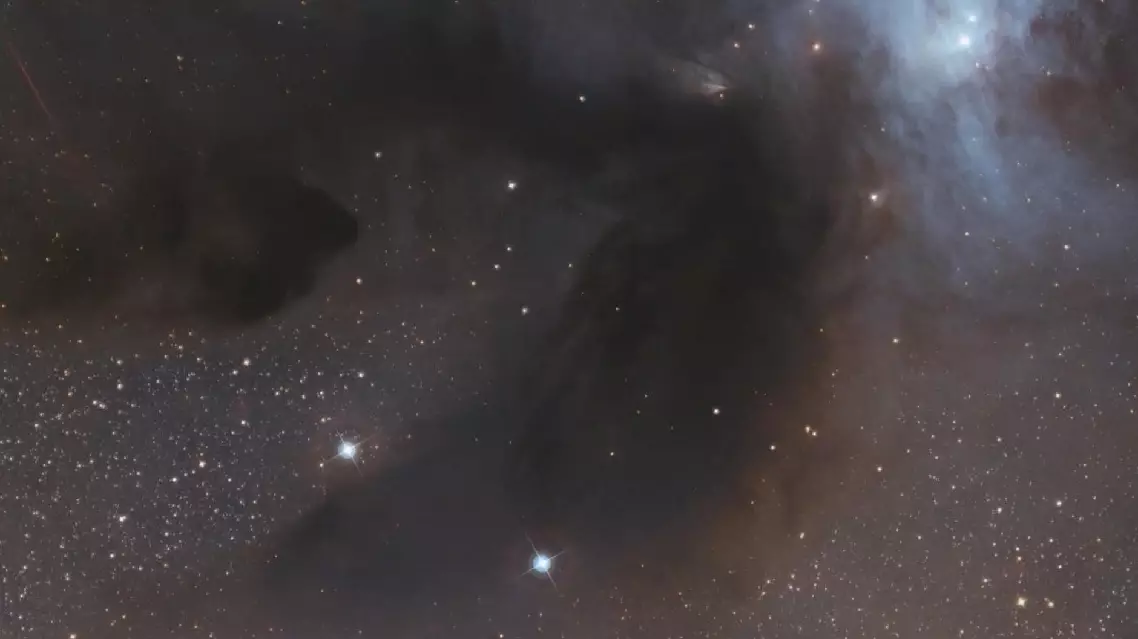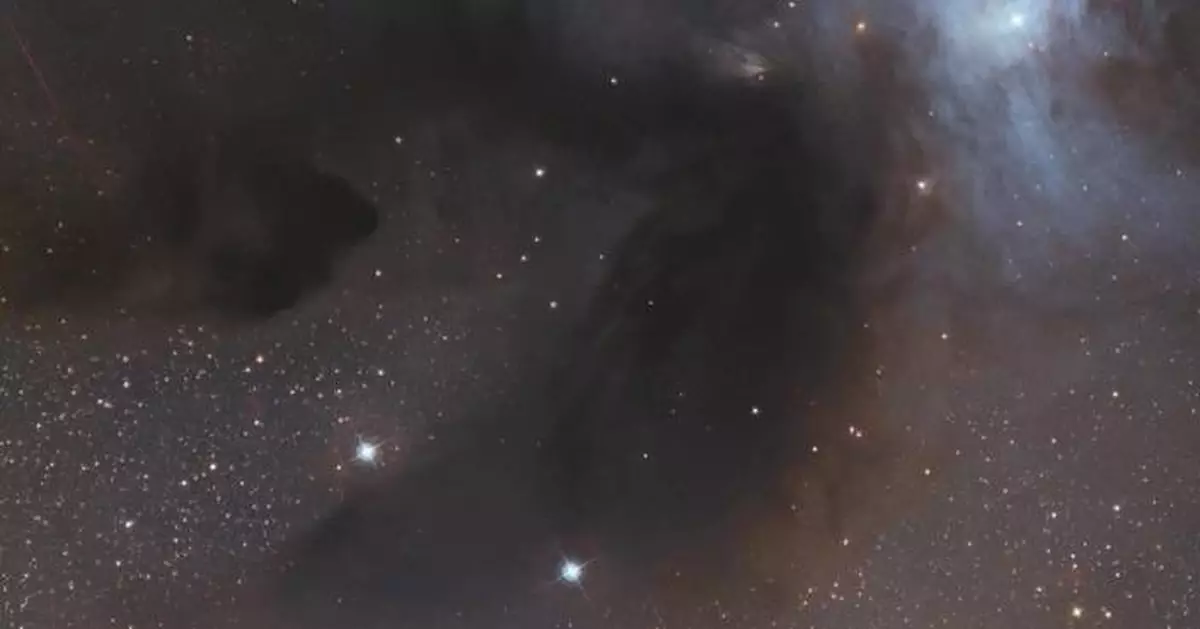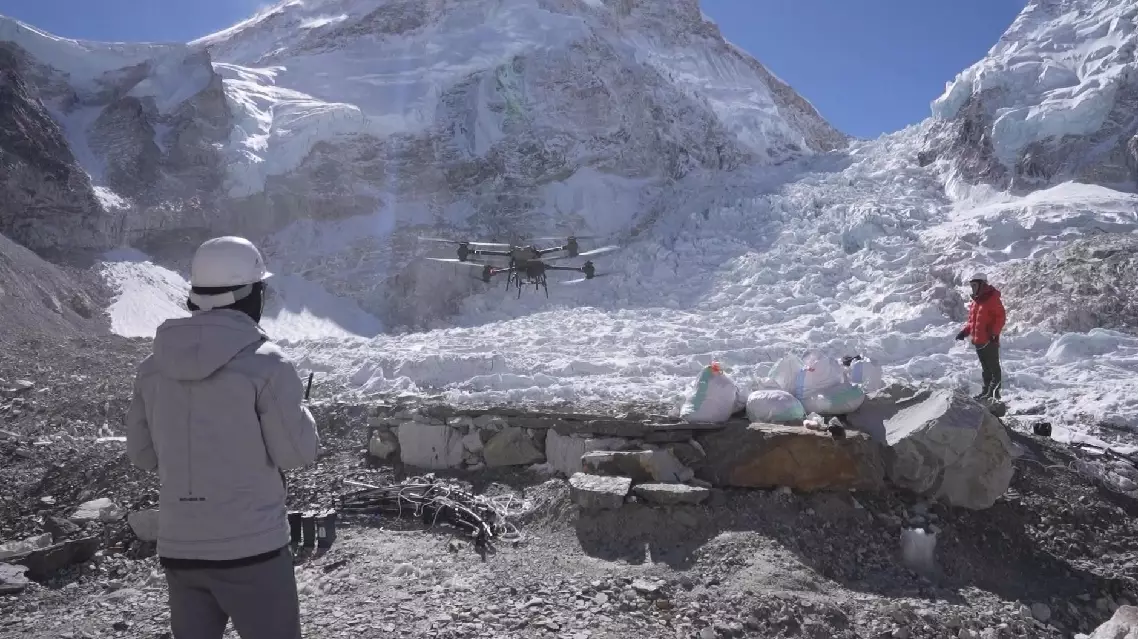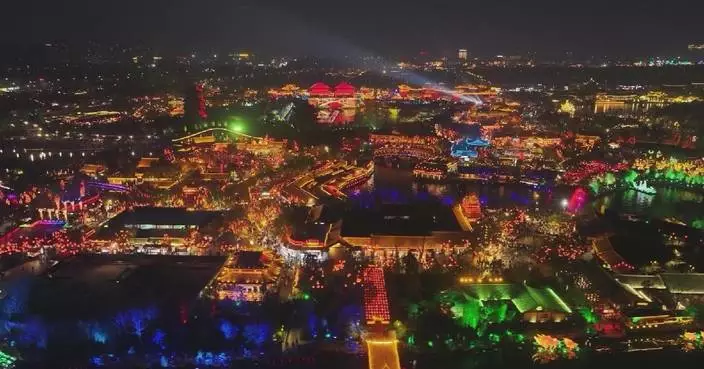Chinese and foreign astronomers have achieved a breakthrough in dark energy research, offering fresh insights into the physical mechanisms behind the accelerated expansion of the universe. The findings, announced by the National Astronomical Observatories of the Chinese Academy of Sciences (NAOC) on Wednesday, suggest potential new physics beyond the standard cosmological model. Dark energy remains one of the most profound mysteries in modern physics. Since the discovery of accelerated cosmic expansion in the late 1990s, scientists have attributed this phenomenon to an enigmatic cosmic component called dark energy. Yet its true nature remains a mystery. The standard cosmological model interprets dark energy as a static vacuum energy. While successfully explaining a large number of cosmological observations for over two decades, recent advancements in observational precision have exposed inconsistencies among different datasets under this framework, challenging its completeness and opening avenues for alternative theories. Leading this quest is the Dark Energy Spectroscopic Instrument (DESI), a global collaboration involving over 70 institutions. Utilizing a four-meter optical telescope, DESI maps the universe's 3D large-scale structure by measuring redshifts of tens of millions of celestial objects. The Galaxy Survey and Cosmology Group at NAOC, led by Zhao Gongbo, and the Wide-field Survey and Galaxy Physics Group at NAOC, led by Zou Hu, have been involved in the DESI project for over a decade. In the latest study, Zhao's team, leading the DESI collaboration, has achieved significant breakthroughs in the dynamical properties of dark energy. By employing a novel methodology independently developed by the researchers, the team conducted an in-depth analysis of the latest cosmological distance measurements from DESI observations, combined with data from supernovae and cosmic microwave background radiation. Their findings revealed that the equation of state for dark energy changes as the universe evolves. This result confirms the previous conclusion of the DESI collaboration derived through distinct analytical approaches, that dark energy is likely to have dynamic properties. The conclusion implies that dark energy may not be a constant vacuum energy, but rather exhibits more complex evolutionary behavior. The study not only pioneers new research pathways for unraveling the physical essence of dark energy, but also provides pivotal clues for constructing a more comprehensive theoretical framework in cosmology.
"The standard cosmological model suggests that dark energy is the vacuum energy proposed by Einstein over a century ago. Like vaccum energy, dark energy was assumed to be constant over time. However, we have found evidence that dark energy evolves over time, disproving the idea that vacuum energy could be a form of dark energy. Such a discovery would represent a revolutionary breakthrough in fundamental physics," said Zhao.
DESI, managed by the U.S. Department of Energy's Lawrence Berkeley National Laboratory, involves more than 900 researchers from 70 institutions worldwide.

Astronomers' dark energy breakthrough sheds new light on cosmic accelerated expansion




















































